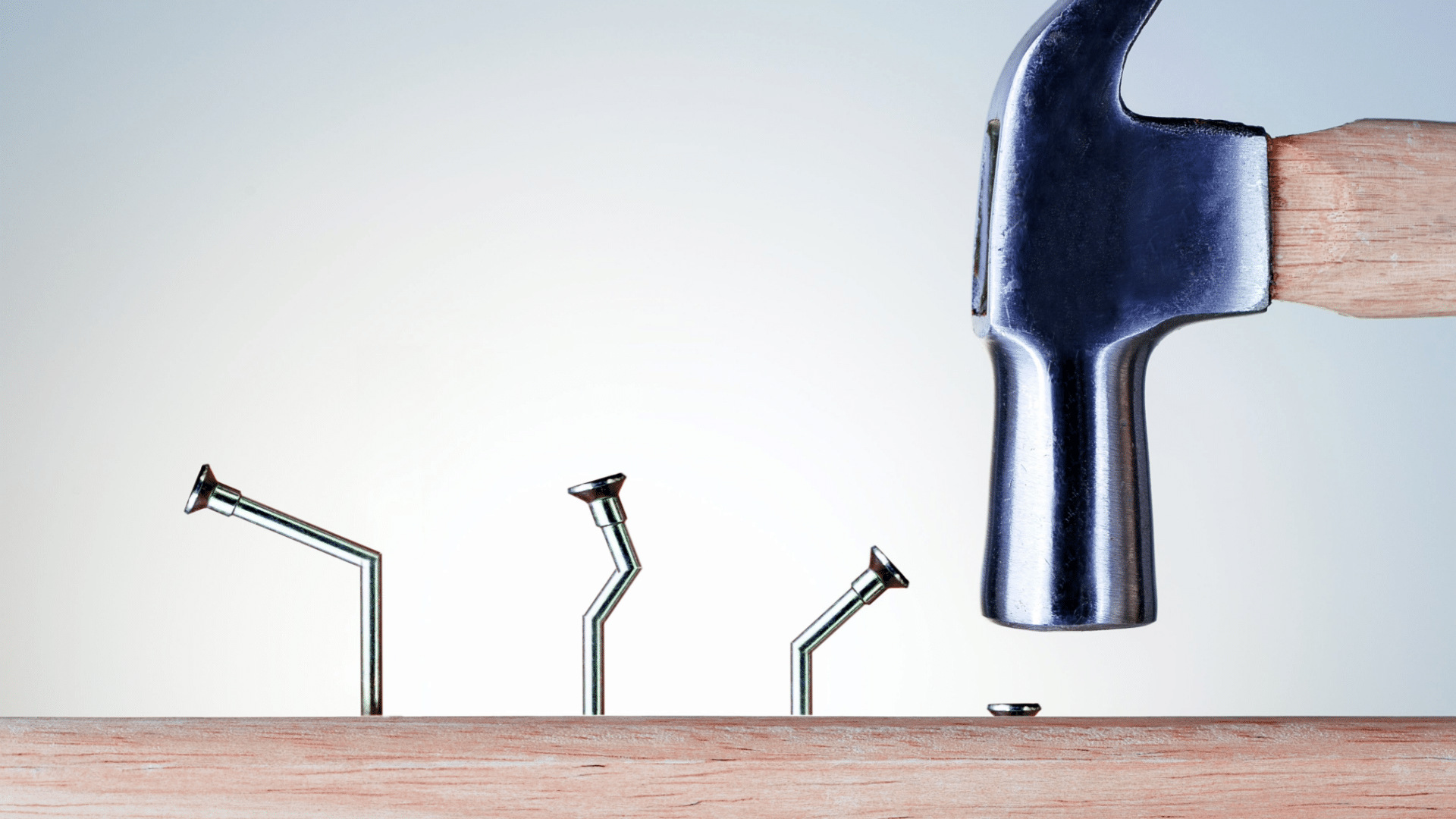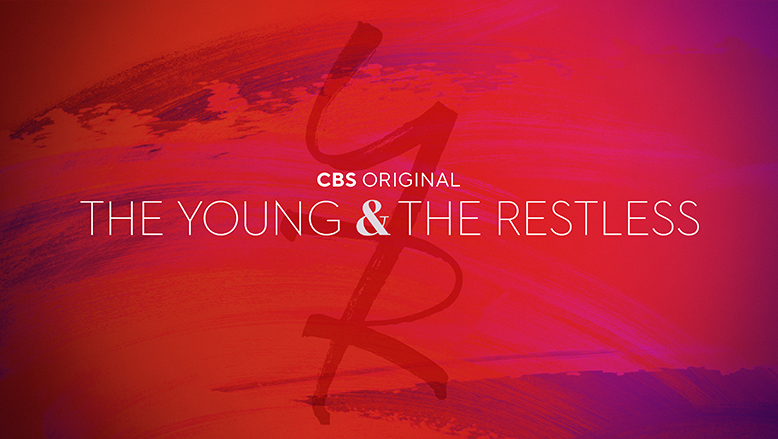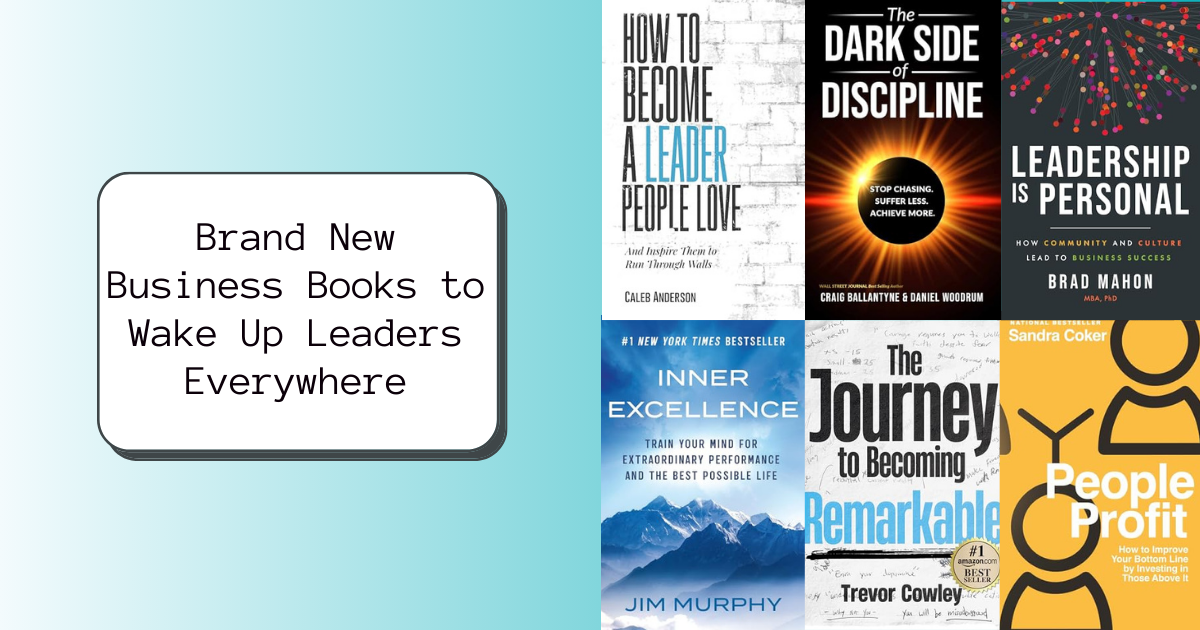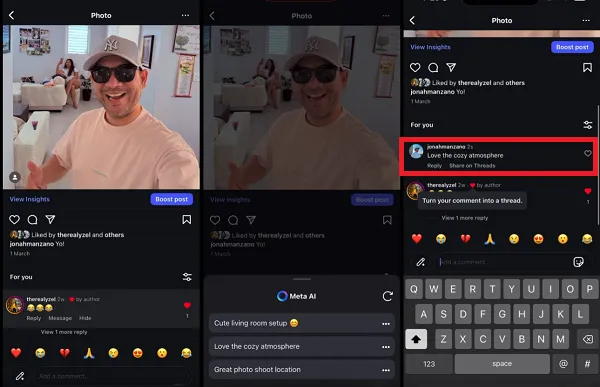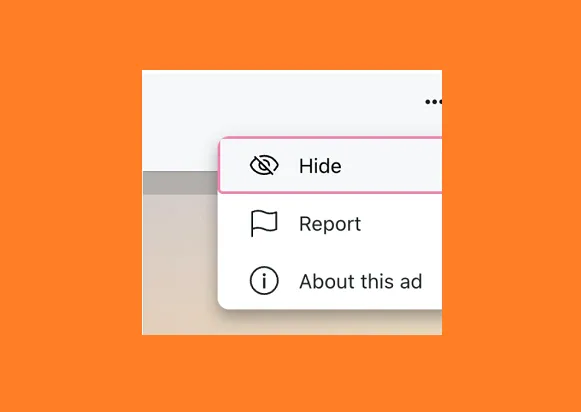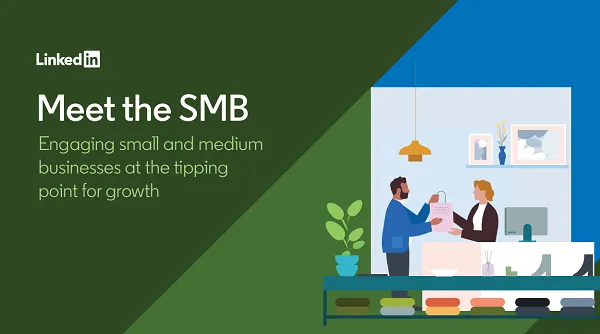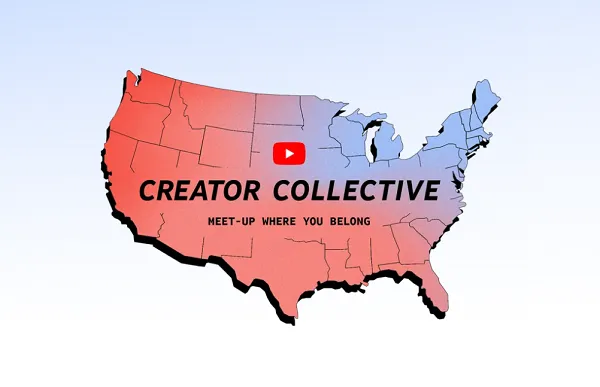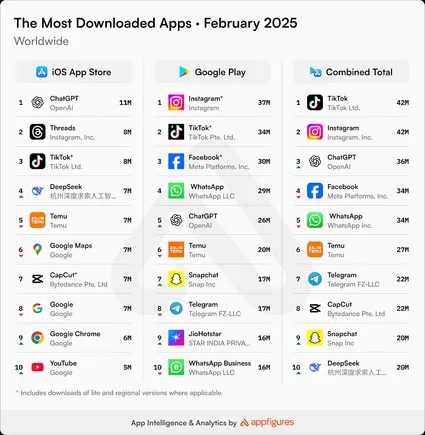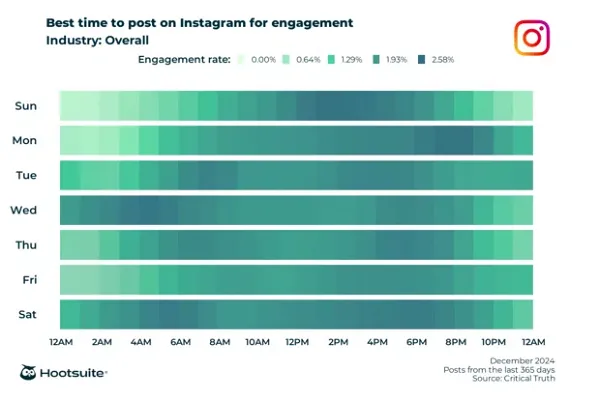Select’s editorial team works independently to review financial products and write articles we think our readers will find useful. We earn a commission from affiliate partners on many offers, but not all offers on Select are from affiliate partners.
While the idea of financial freedom can mean different things to different people, a recent report by Bank of America pinpointed the top three areas many women say indicate financial independence.
To get the results, more than 3,500 women ages 22 and up were surveyed about their thoughts on financial confidence, especially when it comes to investing.
Here’s a look at the top three indicators of financial independence, according to survey respondents, plus a few easy tips to help you meet those goals.
Subscribe to the Select Newsletter!
Our best selections in your inbox. Shopping recommendations that help upgrade your life, delivered weekly. Sign-up here.
Being debt-free
For starters, 47% of respondents felt that being debt-free was a huge indicator of financial independence.
While some forms of debt — such as a mortgage or student loan — can buy you the flexibility to be able to afford an opportunity or acquire an asset, for many, the idea of actually owing money is enough to create a feeling of dread. A great deal of people are emotionally uncomfortable with debt, and those feelings of discomfort are reason enough to prioritize making their balances disappear.
Paying down debt also allows you a little more flexibility in the face of tough circumstances. For example, if your credit card limit was $5,000 and you were carrying a $4,500 balance, you would only have $500 left to float the cost of an unexpected car repair or roof leak if you didn’t have an emergency fund to pull from. If, however, you were to pay off that balance, you would still have more room to cover a necessary expense if your emergency fund won’t suffice.
There are many strategies out there when it comes to paying down debt. The popular debt snowball method involves eliminating the smallest debt balance first while paying just the minimum on your other debts. The idea is to work your way up to the largest balance until you’re completely debt-free.
Another tactic, the debt avalanche method, involves eliminating your highest interest debt first while making minimum payments on the others, and working your way down to the debt with the lowest interest rate. This particular method will help you save the most on interest charges.
Debt consolidation is another strategy that can potentially help you save on interest charges while also organizing your debt into just one monthly payment. With this option, you’re essentially using a debt consolidation loan, such as the Marcus by Goldman Sachs Personal Loan or the LightStream Personal Loan, to have your funds sent to each of your creditors to pay off those balances. After that point, you’re just left paying back the debt consolidation loan you took out.
Another alternative is to use a balance transfer card with a 0% introductory APR period, such as the Citi® Diamond Preferred® Card which has a 0% intro APR on balance transfers for 21 months from date of first transfer, (15.24% – 25.24% variable thereafter; all transfers must be completed in the first 4 months) or the Chase Freedom Unlimited®, which has a 0% intro APR for 15 months from account opening on balance transfers, then a variable APR of 15.74% – 24.49%, to transfer a credit card balance with a high interest rate onto a new credit card that charges no interest fees for a limited time. The idea is the 0% introductory APR period will buy you enough time to have your entire monthly payment go toward the balance and not the interest, which should help you pay down your debt faster.
Being able to withstand an unexpected expense
Emergencies are bound to pop up, which is why 39% of women who responded to the survey said being able to weather an unexpected expense was a sign of financial independence.
Having an emergency fund — a lump sum of cash that you can access in the event of a dire need — can help to offset these unforeseen expenses. For example, you could use money stashed in an emergency fund to replace a damaged car part, fix a leaky roof or pay a medical bill you weren’t planning on.
Emergency funds can also help you make ends meet in the event you’re laid off from a job with little to no notice. While unemployment benefits might help you to afford some of your daily expenses, those funds are generally not enough to cover your entire cost of living.
It’s a good idea to keep your emergency fund in a relatively accessible account, such as Marcus by Goldman Sachs High Yield Online Savings or an Ally Online Savings Account. With these high-yield savings accounts, you’ll be paid interest on a monthly basis just for keeping a balance, helping to grow your emergency fund just a little quicker.
Experts typically recommend that you have an emergency fund with about three to six months worth of living expenses, though the amount you should save is dependent on your individual situation and how much your monthly expenses usually end up being.
Being able to support themselves without financial help from family
According to the survey, 34% of respondents said that not having to ask their families for financial assistance would make them feel more financially independent.
The rising cost of living, student loan debt and stagnating wages have made it tough for many people to keep up with everyday expenses — sometimes, they have no choice but to turn to family to help bridge the gap between what they need and what they can actually afford.
While it’s usually recommended that you simply find ways to cut back on spending to free up the cash for other expenses, with a highly inflationary environment like the one we’re seeing right now, there may not be much room for individuals to cut back on spending more than they already are.
If you do find yourself hitting a wall with your cash flow, it might be time to consider asking for a raise at work or even switching to a higher paying job if you can. If you’d rather stay with your current company, try taking on a side hustle — preferably one that you actually find enjoyable — to help make ends meet.
If you choose to go the side hustle route, think about your skills and personal interests and try to find a side gig that works best for you. For example, if you have a knack for creating customized digital illustrations, think about selling them through a website such as Etsy.
While taking on extra work can be tiring, there are a few things you can try to mitigate burnout. For one, avoid doing side gigs that force you to use the same skills you’re using for your day job. If you already work full-time as a writer, for instance, taking on an extra side hustle as a freelance writer can make it feel like complete writing overload. Consider using another skill you already have that you can monetize so you’re not stuck doing too much of the same thing each day.
You should also think about how much time you realistically have to dedicate to a side hustle each week. If you can only spare 15 hours a week, you’ll get stressed and burn out very quickly if you’re pursuing a a side gig that’s going to feel like another full-time job.
Catch up on Select’s in-depth coverage of personal finance, tech and tools, wellness and more, and follow us on Facebook, Instagram and Twitter to stay up to date.
Editorial Note: Opinions, analyses, reviews or recommendations expressed in this article are those of the Select editorial staff’s alone, and have not been reviewed, approved or otherwise endorsed by any third party.














